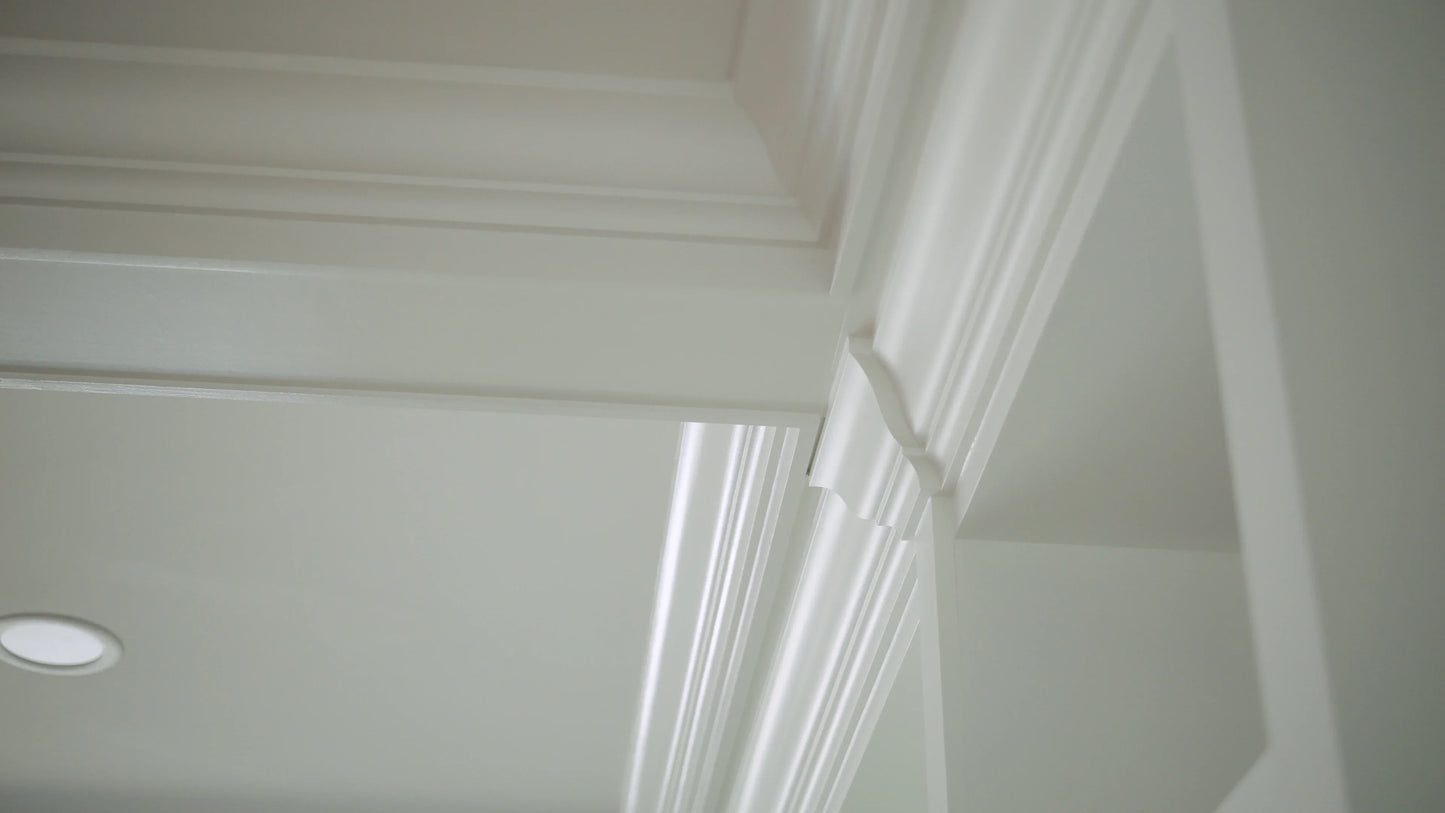
1. What is millwork and casework?
Millwork encompasses all the decorative and functional wooden elements of a structure. Examples include baseboards, crown molding, wainscoting, doorway and window casings, and cabinetry. On the other hand, casework refers to the construction of custom-built furniture and fixtures. Both millwork and casework are used to add unique character and a polished finish to interiors.2. Advantages of incorporating millwork and casework into your interiors.
For starters, it adds an element of luxury to any room. Custom carpentry allows for unique pieces and designs that create an elevated aesthetic. Additionally, millwork and casework can also help you maximize your space. Custom cabinetry and storage units are designed to suit your specific requirements and functional needs; they provide ample storage while complementing the overall design of the room.3. Creative ideas for incorporating millwork and casework.
If you're not sure where to start, consider adding some crown molding to your ceilings. It's a simple yet effective way to add elegance and detail to any room. Alternatively, you can incorporate built-in bookshelves, cabinetry under your staircase, or a stylish paneled feature wall to add depth and texture to your living spaces. You might also want to consider built-in furniture pieces that offer both storage and practicality, such as window seats, benches, or even a custom home office.4. The cost of millwork and casework.
The cost of incorporating millwork and casework varies depending on the complexity and scale of your project. Custom cabinetry and furniture pieces come with a higher price tag than pre-manufactured pieces, but the benefit of personalized designs and premium materials can be worth it. Be sure to hire licensed and experienced cabinet makers who can provide accurate quotes and ensure quality work.
5. The Benefits of Casework: Consistency, Flexibility, and Lower Cost
Consistency and repeatability are key advantages of casework, especially for larger projects with multiple phases. With modular casework, furniture can be easily changed or adapted to new configurations, allowing for flexibility and interchangeability. Additionally, casework is more cost-effective due to mass production.
6. Drawbacks of Casework: Assembly, Generic Design, and Potential for Low-Quality Materials
One downside of casework is that assembly is required, which can be a hassle if instructions are lengthy and confusing. Furthermore, the design options for cabinets may be limited, following popular trends. Lastly, there is a risk of using low-quality materials in modular casework production, which may lead to durability issues due to the fast production speeds and potentially less attention to detail.
Which Option is Best for You?
Discover whether millwork or casework is the perfect fit for your needs. Consider factors such as installation location, intended use, and budget. These versatile solutions are a staple in various industries and institutions, including laboratories, hospitality, offices, and commercial buildings.
Unlock Cost-Effective Customization
Modular casework offers a more affordable alternative. By partnering with a trusted manufacturer, designers can explore a range of high-quality options from multiple vendors. This allows for a customizable millwork look without compromising the cost and flexibility advantages of modular casework.
If you want to add personality and sophistication to your home's interior design, millwork and casework are excellent options to consider. These custom carpentry elements offer unique details and functionality that can transform any living space. By working with professional carpenters, you can create personalized designs that are perfect for your needs. Start exploring your options and elevate your home's interiors today with The French Refinery!